Introduction to Cultural Diversity in India
Definition and Importance of Cultural Diversity
The range of cultural manifestations and behaviors that exist within a society is referred to as cultural diversity. In a global context, understanding cultural diversity is crucial as it helps us appreciate the richness that different cultures bring to the world. Cultural identity, shaped by shared beliefs, traditions, and languages, plays a significant role in defining who we are. For India, a country marked by its sheer variety, this cultural diversity is not just a characteristic; it is integral to its national identity.
The significance of diversity in nation-building cannot be overstated. It fosters inclusivity, promotes dialogue, and encourages creativity. By embracing its diverse cultural heritage, India enhances its social fabric, allowing individuals to come together as a nation while celebrating their unique heritages.
Overview of India’s Cultural Landscape
India’s cultural landscape is akin to an intricate mosaic, composed of millions of individual pieces—each representing distinct languages, religions, customs, and ethnic groups. The country is home to over 1,600 languages, countless dialects, and major religions including Hinduism, Islam, Christianity, Sikhism, Buddhism, and Jainism. This linguistic and religious plurality is a direct reflection of its long history and the many civilizations that have thrived on its soil.
Historically, India has seen the rise and fall of empires, invasions, and trade that brought in diverse cultural influences from Persia, Greece, and beyond. The resulting blend of beliefs and practices has given rise to varied yet interconnected cultural expressions. Modern dynamics, shaped by globalization and the digital age, have further facilitated cultural interactions, creating a space were traditional practices merge with contemporary lifestyles. Through social media and international collaboration, Indians can now share and celebrate their diverse heritages on a global platform.
Historical Roots of India’s Cultural Diversity
Ancient Civilizations and Their Contributions
The Indus Valley Civilization and its legacy
The Indus Valley Civilization, one of the world’s earliest urban cultures, laid the groundwork for India’s diverse identity. Flourishing around 2500 BCE, this civilization was characterized by sophisticated city planning, advanced drainage systems, and trade networks. Notably, the well-planned cities of Harappa and Mohenjo-Daro offer glimpses into a society that valued organization and hygiene. The beauty of their pottery and the emergence of writing suggest a rich cultural and artistic life, setting a precedent for future Indian cultures.
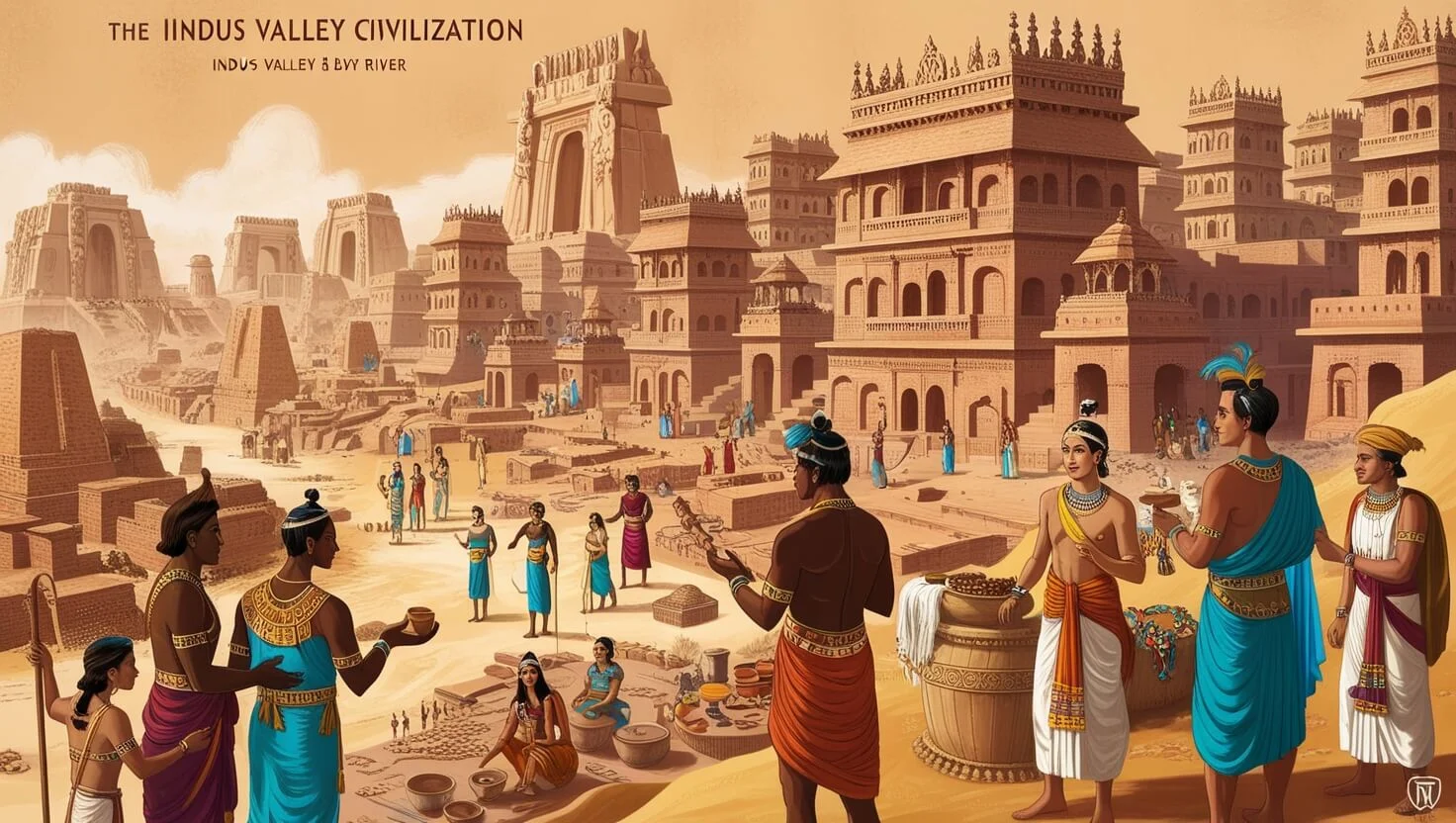
Contributions of Vedic traditions and philosophies
Following the Indus Valley, the Vedic period marked another significant chapter in India’s cultural evolution. The Vedas, sacred texts composed during this time, introduced profound philosophical concepts and rituals that shaped Hinduism. They emphasized the importance of dharma (duty), karma (action), and moksha (liberation), influencing millions over centuries. The era also gave rise to spiritual practices and a plethora of philosophical schools, contributing to a culture that cherishes knowledge and debate.
Influence of regional kingdoms and their cultures
As India evolved, numerous regional kingdoms emerged, each contributing to the cultural tapestry. From the art and architecture of the Maurya and Gupta empires to the rich literary traditions in Tamil Nadu under the Cheras and Pandyas, this diversity thrived in various forms. Each region added its customs and practices, creating a mosaic of languages, art forms, and culinary traditions that continue to coexist today.
The Impact of Invasions and Migrations
The arrival of various dynasties and their influences
Over the centuries, India witnessed a series of invasions and migrations, which infused new elements into its cultural fabric. From the Greeks to the Mughals, each dynasty left an indelible mark on Indian culture. The Mughals, for instance, not only contributed to architecture with stunning structures like the Taj Mahal but also became patrons of arts and music that blended Persian influences with Indian traditions.
The role of trade and migration in cultural exchange
A major factor in promoting cross-cultural interchange was trade routes. The Silk Road and maritime routes connected India with Southeast Asia, the Middle East, and beyond. Through these interactions, ideas, goods, and traditions flowed freely, allowing a mingling of influences that enriched local cultures. Spices, textiles, and stories traversed these routes, fostering a sense of interconnectedness that defined India’s identity.
Legacy of colonialism on cultural identity
Colonialism also profoundly impacted India’s cultural landscape. British rule introduced legal and educational reforms while simultaneously attempting to reshape Indian identity. Although colonial powers sought to impose their values, Indian society demonstrated resilience and adaptability, often merging colonial influences with indigenous traditions. This complex interplay ultimately contributed to a unique hybrid culture that persists today.
The Role of Religion in Shaping Diversity
Major religions of India: Hinduism, Buddhism, Jainism, and Sikhism
India is home to several major religions, each enriching its cultural diversity. Hinduism, often seen as the predominant religion, encompasses a wide range of beliefs and practices. Buddhism, founded by Siddhartha Gautama in the 5th century BCE, spread across Asia, emphasizing compassion and mindfulness. Jainism introduced principles of non-violence and asceticism, while Sikhism, emerging in the 15th century, promoted equality and social justice. Together, these religions form an intricate web of traditions that celebrate both faith and cultural expression.
The influence of Islam and Christianity in Indian culture
Islam made its mark as well, with Mughal emperors promoting arts, literature, and architecture that blended Islamic patterns with Indian motifs. The introduction of Sufi and Bhakti movements highlighted a spiritual synthesis that encouraged inclusivity. Similarly, Christianity, arriving through European traders and missionaries, contributed to education, healthcare, and social reform in India.
Inter-religious interactions and syncretism
Perhaps the most fascinating aspect of India’s religious landscape is its inter-religious interactions. The synthesis of different faiths has led to vibrant festivals like Diwali, Eid, and Christmas, celebrated by diverse communities. This dynamic interplay encourages celebration in differences while fostering unity, reflecting the very essence of India’s cultural identity.
“In India’s cultural diversity, we find the essence of coexistence; our differences are not divisions, but threads woven into a rich tapestry.”
Languages and Dialects: The Voice of Diversity
The Linguistic Mosaic of India
India is home to a remarkable linguistic landscape, boasting over 1,600 distinct languages and dialects. Among these, 22 are recognized in the Eighth of the Indian Constitution as official languages. Major languages include Hindi, Bengali, Telugu, Marathi, Tamil, Urdu, and Gujarati, each with its own unique essence and regional flavor.
- Overview of India’s Major Languages: Hindi serves as the most widely spoken language, connecting a vast population across northern and central India. Bengali, mainly spoken in West Bengal and Tripura, holds a rich literary heritage. Meanwhile, Tamil, one of the oldest languages, is revered for its classical literature, reflecting the culture of the Tamil people.
- Regional Dialects and Their Significance: Beyond the major languages, India is dotted with numerous dialects that add color to local cultures. For example, the various dialects of Punjabi tell stories of the agricultural communities, while the many dialects of Bengali capture the nuances of everyday life in different regions of West Bengal. These dialects often carry with them the history, customs, and traditions of their speakers, further enriching the fabric of Indian identity.
- The Role of Language in Cultural Identity: Language is more than just a means of communication; it is a vessel for cultural identity. In India, language cultivates a sense of belonging and pride among its speakers. For instance, the use of regional languages in festivals and ceremonies reinforces community bonds and fosters a shared understanding of heritage.
Language and Literature as Cultural Expressions
India’s literary achievements are as diverse as its languages, showcasing a profound reflection of cultural richness.
- Regional Literature and Its Reflection of Cultural Richness: Each regional language boasts its own literary tradition, which mirrors its unique cultural landscape. In Punjabi, works by poets like Amrita Pritam delve into themes of love, loss, and identity, encapsulating the essence of Punjab. Similarly, Tamil literature, enriched by poets like Thiruvalluvar, touches upon morals and philosophy that have guided Tamil society for centuries.
- The Contribution of Indian Writers to Global Literature: Indian authors such as Salman Rushdie, Arundhati Roy, and Jhumpa Lahiri have gained international acclaim, weaving Indian narratives into the global literary tapestry. Their works often explore the complexities of multi-layered identities and the interplay between tradition and modernity, giving voice to the Indian experience on a global stage.
- Oral Traditions and Their Preservation of Culture: Oral storytelling remains an integral part of various Indian cultures, especially among indigenous communities. The tales passed down through generations not only entertain but also educate, bridging the gap between the past and the present. These traditions serve as crucial records of history, philosophy, and moral lessons, sustaining cultural values in a rapidly changing world.
The Challenges and Opportunities of Multilingualism
While India’s multilingualism is a source of strength, it presents its own set of challenges and opportunities.
- Language Barriers and Social Tensions: India’s linguistic diversity can lead to misunderstandings and social tensions. In regions where one language predominates, speakers of minority languages may feel marginalized. This has the potential to stoke ethnic tensions and create divisions that challenge national unity.
- Advocating for Linguistic Rights and Opportunities: To foster a more inclusive society, it is essential to advocate for linguistic rights. Recognizing and promoting the use of regional languages in education, governance, and public life can empower communities and enhance social cohesion. Policymaking that addresses these needs can help bridge divides and build mutual respect among diverse linguistic groups.
- The Role of Technology in Promoting Multilingualism: Technology offers tremendous opportunities to promote multilingualism. Mobile apps that support language learning, online platforms showcasing regional literature, and social media channels that celebrate linguistic diversity are just a few innovations breaking language barriers. As digital access broadens, it provides a platform for languages that are often overlooked, ensuring their preservation for future generations.
“Language is the road map of a culture. It tells you where its people come from and where they are going.”
– Rita Mae Brown
Festivals and Traditions: Celebrating Diversity
Major Festivals Across Different Cultures
India is undeniably a mosaic of cultures, and nowhere is this more visible than in its festivals. These celebrations are not just events; they embody the beliefs, values, and history of various communities.
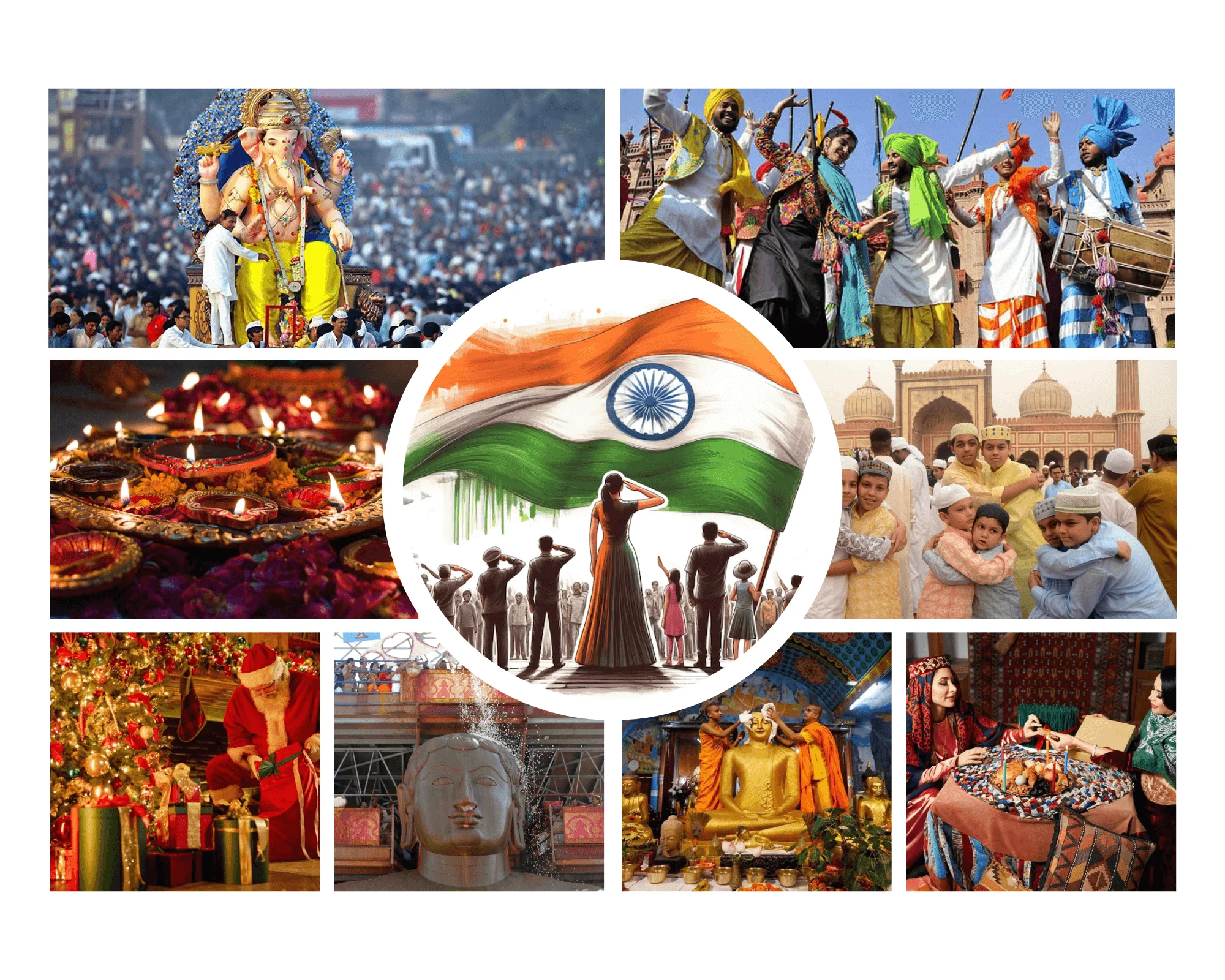
Hindu Festivals: Diwali, Holi, and Others
Hinduism, the predominant religion in India, boasts a kaleidoscope of festivals. Diwali, known as the festival of lights, represents the triumph of illumination over obscurity and righteousness over malevolence. Homes are adorned with lanterns, sweets fill the air, and families come together in joyous celebrations.
Holi, known as the festival of colors, encourages people to forget differences and embrace joy. During this spring festival, vibrant powders are flung in the air, laughter resonates, and the spirit of color unites people across all walks of life. Other significant festivals include Navratri, which celebrates the divine feminine, and Janmashtami, honoring the birth of Lord Krishna.
Islamic Festivals: Eid, Muharram, and Their Significance
The Islamic community also plays a crucial role in India’s cultural tapestry. Eid al-Fitr marks the end of Ramadan, a month of fasting, and is celebrated with prayers, communal meals, and charitable giving. The joy of Eid transcends religious boundaries, as friends and family gather to exchange gifts and sweets.
Muharram holds significant importance for Shia Muslims, marking the martyrdom of Imam Hussain. This festival sees processions that embody mourning and reflection, emphasizing themes of sacrifice and resilience.
The Celebration of Other Religions: Christmas, Vaisakhi, etc.
India is home to other religions and their respective celebrations. Christmas, a festival that resonates with joy and goodwill, is observed with festive decorations and community gatherings. For Sikhs, Vaisakhi is a harvest festival that also marks the birth of the Khalsa, celebrated with songs, dances, and communal feasts.
These festivals weave together a rich tapestry of traditions and beliefs, reflecting India’s respect for diversity and unity.
Local Traditions and Customs: A Reflection of Identity
Every state in India showcases its unique customs and traditions, deeply rooted in its history and geography.
Unique Customs and Rituals in Various States
From the folk dances of Punjab to the intricate rituals of Kerala’s temple festivals, local customs are a testament to regional identities. In Rajasthan, the vibrant Ghoomar dance signifies grace and elegance, while the traditional Kalaripayattu martial arts of Kerala speaks to the ancient heritage of the area.
The Role of Traditional Attire and Food
Traditional attire gives insight into cultural identities. The saree for women and dhoti for men are not just clothing but are symbols reflecting the local textiles and craftsmanship. Food, too, varies widely across regions, where each dish tells a story. Spicy curries in the South, rich biryanis from the North, and the sweet delicacies of Bengal contribute to a palette of flavors that distinguish regional identities.
Folk Arts, Music, and Dance Forms as Cultural Expressions
Folk arts, music, and dances are vibrant expressions of communities. The Dandiya dance of Gujarat, the Bhangra of Punjab, and the classical dance forms like Bharatanatyam all reflect local stories and traditions. These forms of expression serve not only as entertainment but as a means of preserving cultural heritage.
Festivals as Connectors of Diverse Communities
Festivals are more than celebrations; they play a vital role in bridging cultural divides.
Inter-community Celebrations and Their Significance
Many festivals are celebrated across communities, fostering goodwill and mutual respect. The celebration of Eid and Diwali in many neighborhoods highlights the harmony between Hindus and Muslims. These shared moments encourage dialogue and understanding, building stronger communities.
The Economic Impact of Cultural Festivals
Festivals also contribute significantly to the economy. They boost local businesses, from artisan craftspeople to street vendors selling festive treats. Cities like Jaipur and Varanasi experience an influx of tourists during festival seasons, supporting local economies and creating jobs.
Promoting Tourism and Cultural Exchange Through Festivals
Cultural festivals bring tourists to India, eager to experience the vibrancy of its traditions. Events like the Pushkar Camel Fair not only showcase the colorful local culture but also promote exchanges among visitors and locals. This interaction fosters a deeper understanding of cultural multiplicity.
Contemporary Issues and the Future of Cultural Diversity
Preservation of Cultural Heritage in Modern Times
Urbanization, while a symbol of progress, poses significant challenges to traditional cultures across India. As cities expand, the rich tapestry of local customs often frays. Streets previously filled with traditional crafts and communal gatherings are now dominated by malls and office complexes, leading to a dilution of cultural practices.
However, numerous efforts are underway to preserve India’s cultural heritage despite these pressures. Organizations and local communities are working tirelessly to revive traditional crafts, promote folk performances, and restore historical sites. For instance, initiatives like the INTACH (Indian National Trust for Art and Cultural Heritage) focus on conserving heritage structures and wisdom that define various regions of India.
Education plays a pivotal role in ensuring that the younger generation appreciates this diversity. Schools and colleges are incorporating cultural studies into their curricula, fostering respect and understanding for different backgrounds. Events like cultural festivals and inter-college competitions help students engage with traditions beyond their own.
Challenges Facing India’s Cultural Unity
While India’s cultural mosaic is celebrated globally, social divisions and cultural conflicts underscore the challenges it faces domestically. Regions often grapple with communal tensions rooted in historical grievances, leading to fissures in national unity. Moreover, the impact of globalization cannot be overlooked. As global cultures penetrate local markets, they sometimes overshadow indigenous traditions, leaving communities grappling with a sense of loss regarding their unique identities.
Discrimination and bias continue to plague society, further complicating the landscape of cultural unity. Marginalized communities often find their voices suppressed, leading to cultural erosion. Addressing these biases is crucial in creating a world where all cultures can flourish together. Conversations about caste, gender, and socio-economic disparities are being amplified, with a view to foster understanding and respect across differences.
The Role of Youth in Shaping India’s Diverse Identity
The youth of India are increasingly becoming the torchbearers of cultural initiatives, bridging gaps between generations. Programs where young people immerse themselves in local traditions are gaining traction, offering firsthand experiences of the rich diversity that India embodies. This involvement not only helps preserve cultural practices but also instills a sense of pride in their heritage.
Technology is proving to be a tremendous ally in promoting cultural dialogue among the younger population. Social media platforms enable users to share stories and experiences from various cultures, fostering an environment of learning and appreciation. For instance, local artists can showcase their work to a global audience, creating awareness and encouraging cultural exchange.
Fostering inclusivity is vital for the future. By promoting dialogues that embrace various perspectives, we can ensure that every narrative is represented. The youth must take the lead in challenging stereotypes and assumptions, cultivating a society where future generations will thrive amid diversity.
Conclusion
Cultural diversity is woven deeply into the identity of India, forming the basis of its vibrant society. The challenges posed by modernization, social divisions, and globalization need collective effort to address, but they also offer pathways for enriching dialogues and greater understanding. As we move forward, the importance of embracing diversity cannot be overstated. Each culture tells a unique story that contributes to the broader narrative of humanity.
Envisioning a cohesive future, one must reflect on the lessons learned from diversity. Let us not merely coexist but engage with one another, nurturing an environment where every culture flourishes and adds to the grand tapestry of India.

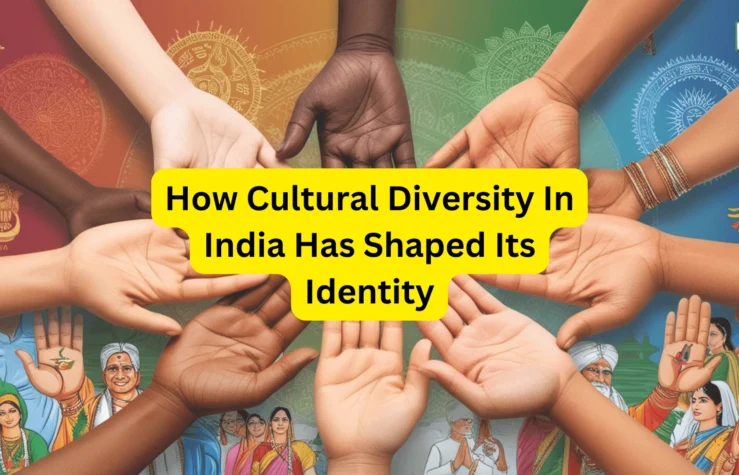
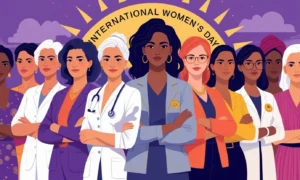
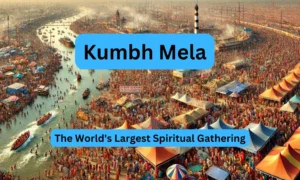

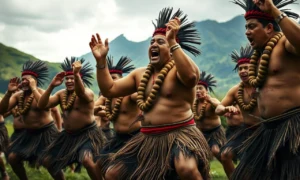
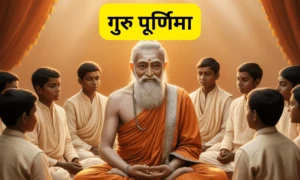
6 Comments